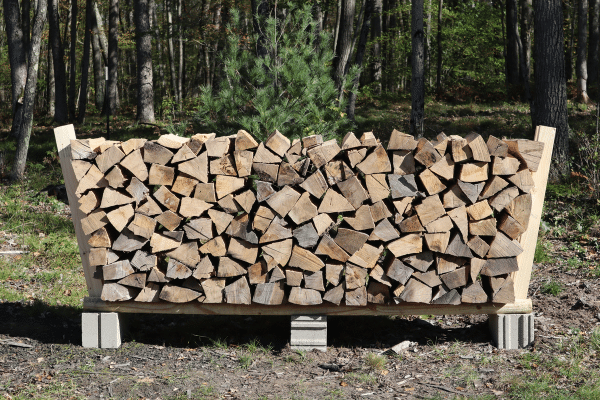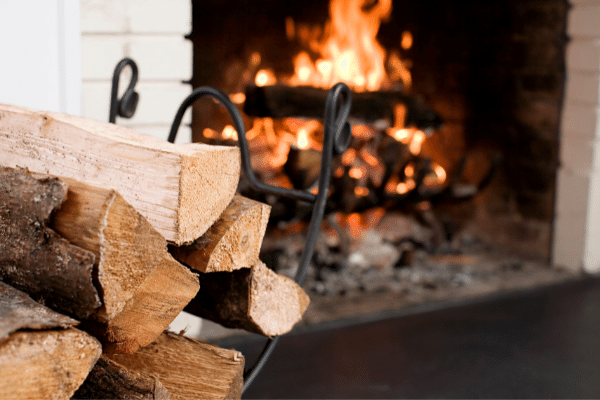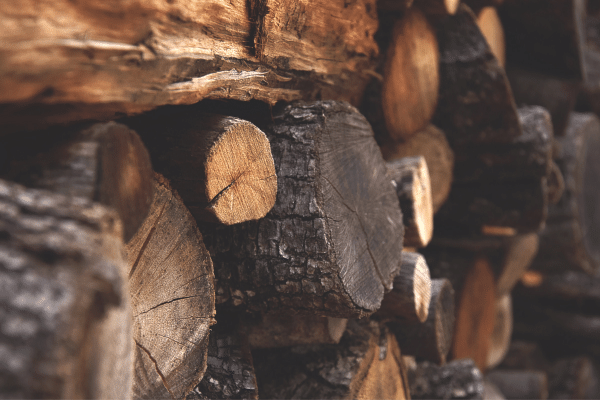- Home
- Types Of Firewood
- Is Mulberry Good Firewood
Is Mulberry Good Firewood?
This post may contain affiliate links so I earn a commission.
Is mulberry good firewood compared to other popular hardwoods like oak, cherry or ash?
Although it might not get the same recognition as other types of wood, mulberry is an excellent firewood choice.
Firewood is a great source of warmth for many households, and it's a great way to reduce heating costs as energy prices rise.
But not all firewood is created equal, so it’s important to choose the right kind, especially when it comes to mulberry wood.
To learn more, let’s explore the pros and cons of using this wood as fuel for your fireplace or wood burning stove.
What Is Mulberry Wood?
Mulberry is a tree that belongs to the Morus genus.
It can be categorized into about ten different species.
Some species of mulberry are quite tall, reaching heights of 70 feet or more!
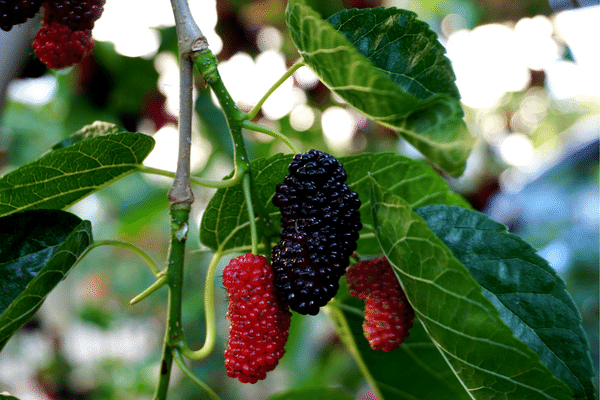
Most, however, range from 30 to 50 feet high with a crown nearly 40 feet across and a trunk diameter up to two feet wide.
This is also quite a long-lived tree species.
Some, like white mulberry, can live for a century.
Others, like the red mulberry, will struggle to reach 75 years.
It is a fast-growing tree, often reaching eight to ten feet of height in just six years.
Mulberry is a hardwood that is comparatively soft, when looked at side by side with other hardwoods.
This makes it a favorite among woodturners and carvers.
It is a deciduous tree as well, another reason why it is classified among the hardwoods.
Mulberry trees are native to the temperate regions of Asia and North America.
It is often cultivated for its fruit and for its ornamental value, but also as a food source for the silkworm.
The silkworm, as many know, is prized for its ability to create silk - and it relies heavily on the mulberry tree to help it do this work.
What Can You Do With Mulberry
It's hard to know where to even begin with such a versatile tree!
To start, mulberry trees are the only source of food for the silkworm.
The mulberry has the only leaves that silkworm will eat, obtaining all of its necessary nutrients and moisture from the leaves, but they must be fresh.
The silkworm cocoon is the source of the silk thread which can be unraveled from the cocoon.

The pupae inside the cocoon are actually edible, and many people find them to be an excellent source of protein.
That said, one of the more familiar uses of the mulberry tree to those of us in the United States is for its edible fruits.
These can be enjoyed both dried and fresh, serving as an excellent source of iron, vitamin C, and other compounds.
Mulberry wood is great for carving and it can also be turned on a lathe.
Its softness lends itself nicely to being easily worked into gorgeous projects.
Larger branches are often sawn into boards that can be used in cabinetry and fine furniture.
Its lumber is golden brown in the heartwood and a pale, yellow-white in the sapwood.
Mulberry is extremely rot-resistant and is often used in fence posts, garden benches, and other outside projects that might call for durability and longevity.
Last but not least, mulberry is also a superb choice for firewood.
Due to its dense nature, it burns quite hot and will produce a long lasting fire.
Splitting Mulberry Firewood
Is mulberry good firewood to split with a maul or splitting axe?
Yes!
Mulberry is actually a fairly easy wood to split.
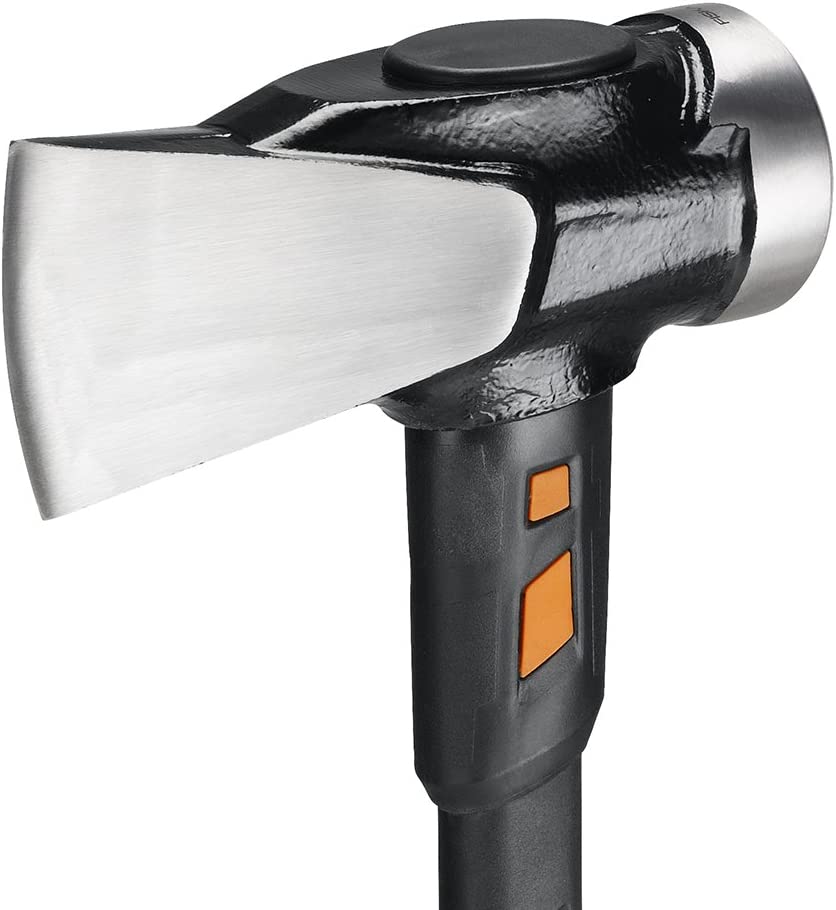
Some people recommend cutting it to length first, then drying it and splitting it only once it has been seasoned.
Some woods do split easier once the moisture content is lower, but you'll be handling the wood twice, so it's a matter of personal preference.
Storing And Seasoning Mulberry Firewood
The best tip for seasoning is to allow yourself 18 to 24 months to do it.
This will allow for the maximum heat output.
That said, if drying conditions are good, many people have found that just one year of seasoning mulberry will suffice.
Storing mulberry firewood is not unlike storing any other kind of firewood.
You'll need a woodshed with ample airflow through its walls and a good, watertight roof.
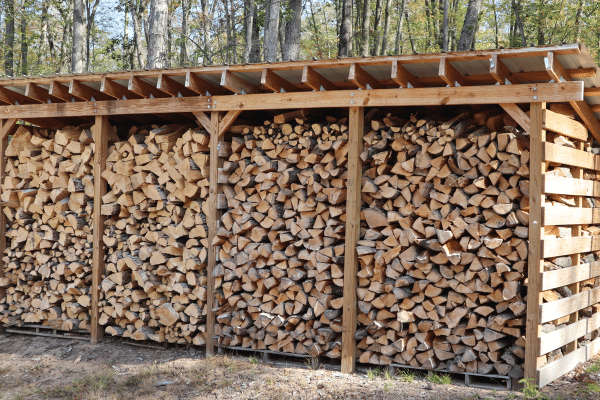
This will always be your best option if you have access to one.
When stacking multiple rows of wood, leave about a foot of space between each row.
This allows air to flow between the rows, helping the wood dry out faster.
Stacking the wood outside is another good option if you don't have access to a woodshed.
You can do this on old pallets or you can lay down a few old 2x4's to elevate the wood.
This will prevent the firewood from making ground contact and allow air to flow underneath it, producing better drying times.
Once you've stacked the wood it's a good idea to cover it.
This will shorten the drying time considerably.
Don't cover the stack all the way to the ground, as this will encourage mold to develop since the moisture won't be able to escape.
Instead, just cover the tops of the rows with old metal, plywood, or even tarps, which will shed rain and snow while still allowing the wood to dry out.
Burning Mulberry Firewood
Is mulberry good firewood for your wood stove or fireplace?
Yes!
Mulberry is an excellent firewood, burning extremely hot and possessing good coaling qualities.
This will give you a long-lasting fire.
Not only that, but the fragrance produced from burning mulberry firewood is pleasantly sweet and fruity.
This makes it a nice choice for fire pits and fireplaces within the home.
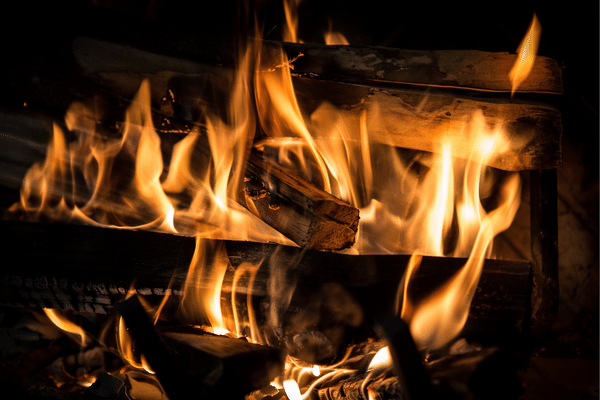
Mulberry also ranks quite high on the list of the best woods to burn for a high heat output.
It produces 25.8 million BTUs of heat per cord.
Its density, combined with its excellent coaling qualities, puts it at the top of any list.
Of course, for you to keep these heat values as high as possible, you'll need to make sure you properly season the wood as described above.
If the wood has any moisture in it, the fire will have to dry out that moisture first before burning, which will substantially lower your BTUs per cord.
The biggest drawback to burning mulberry is that it produces a fair number of sparks as it burns.
To prevent setting your house on fire, always keep the doors on your wood stove and fireplace closed.
Mulberry produces minimal creosote.
If it's well-seasoned, it will burn intensely, which limits the buildup of creosote in stove pipes and chimneys.
Is Mulberry Good Firewood - Overall
All things considered, mulberry firewood isn't necessarily a bad choice if used correctly.
Its low cost and easy availability make it an attractive option for many people looking for a budget-friendly source of heat and light during colder months.
With the right knowledge and preparation, mulberry can be an excellent addition to any home’s collection of firewood!
